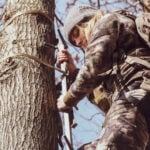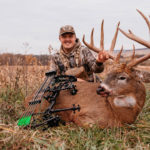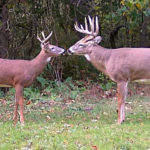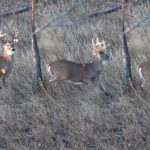The black veil of night slowly lifts from your forest surroundings. You exhale in the cold, morning air, sending a stream of frosty steam out into space.
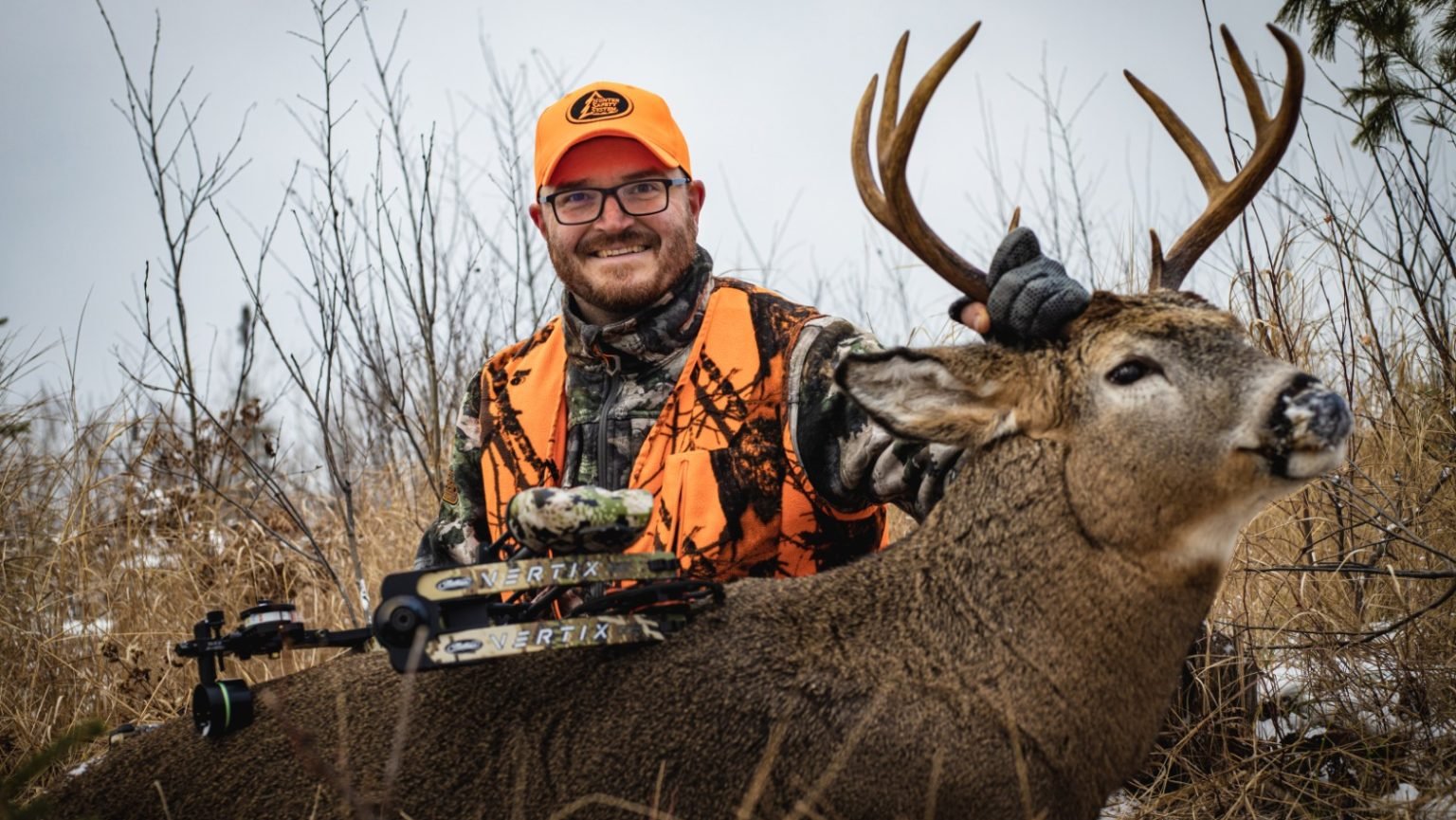
As the cloud dissipates, you survey the area around your tree stand in hopes of catching a glimpse of a first-thing, opening-day buck.
A flash of color in the otherwise brown and gray forest catches your attention. It’s another orange-clad deer hunter slowly picking his way along the ridgeline to your right. Your heart sinks at the sight of him.
Down the hill to your left, about 150 yards away, you spy another hunter assembling a tree stand at the base of a tree he obviously intends to climb.
As you spin around in the tree stand you climbed into well before daylight, you quickly realize you are surrounded by deer hunters. And if there’s a quicker way to burst the bubble of anticipation that builds for days leading up to opening day, most hunters haven’t yet found it.
When you’re hunting public land, you can’t expect to have the woods to yourself. Other deer hunters are a fact of life here. But that doesn’t mean you have to accept being boxed in by the orange army.
You have two choices when it comes to coping with competition on public land hunting.
You can either try to get away from the masses by seeking out the off-the-beaten-path places that hunters hate, but the deer typically love, or you can use the orange horde to your advantage.
Make the deer hunting pressure work for you and hope it sends a buck scampering your way.
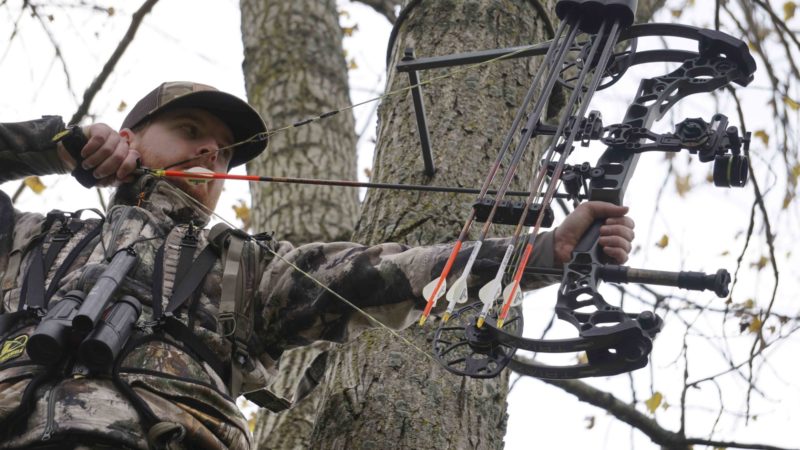
Following these top five tree stand sites for pressured public land hunting
In Thick
Here is a story of a deer hunter who likes to think that he’s a quick learner, but he admits it sometimes takes him longer than it should to figure out the obvious.
There’s a state park near this hunter’s house that he used to hunt for quite a few years. And just about every year when he didn’t tag a buck the first day, some friends and he would assemble at a buddy’s house near the park to organize a few deer drives.
One of the first places they always hit was a rectangular patch of ground, about 40 acres big that had been timbered within the past 20 years. Once the trees were cut and hauled out of this area, it quickly became choked with multiflora rose.
Anyone who ever set foot in that maze of thorny branches came out the other side bleeding and/or with torn clothing. It was nasty territory, but they always moved deer out of it.
After a couple years of this routine, it dawned on this hunter that the resident deer obviously used this timbered patch as a sanctuary.
If he could find a tree tall enough to get him just a few feet off the ground in a tree stand on opening day, he’d probably be in the proverbial catbird’s seat.
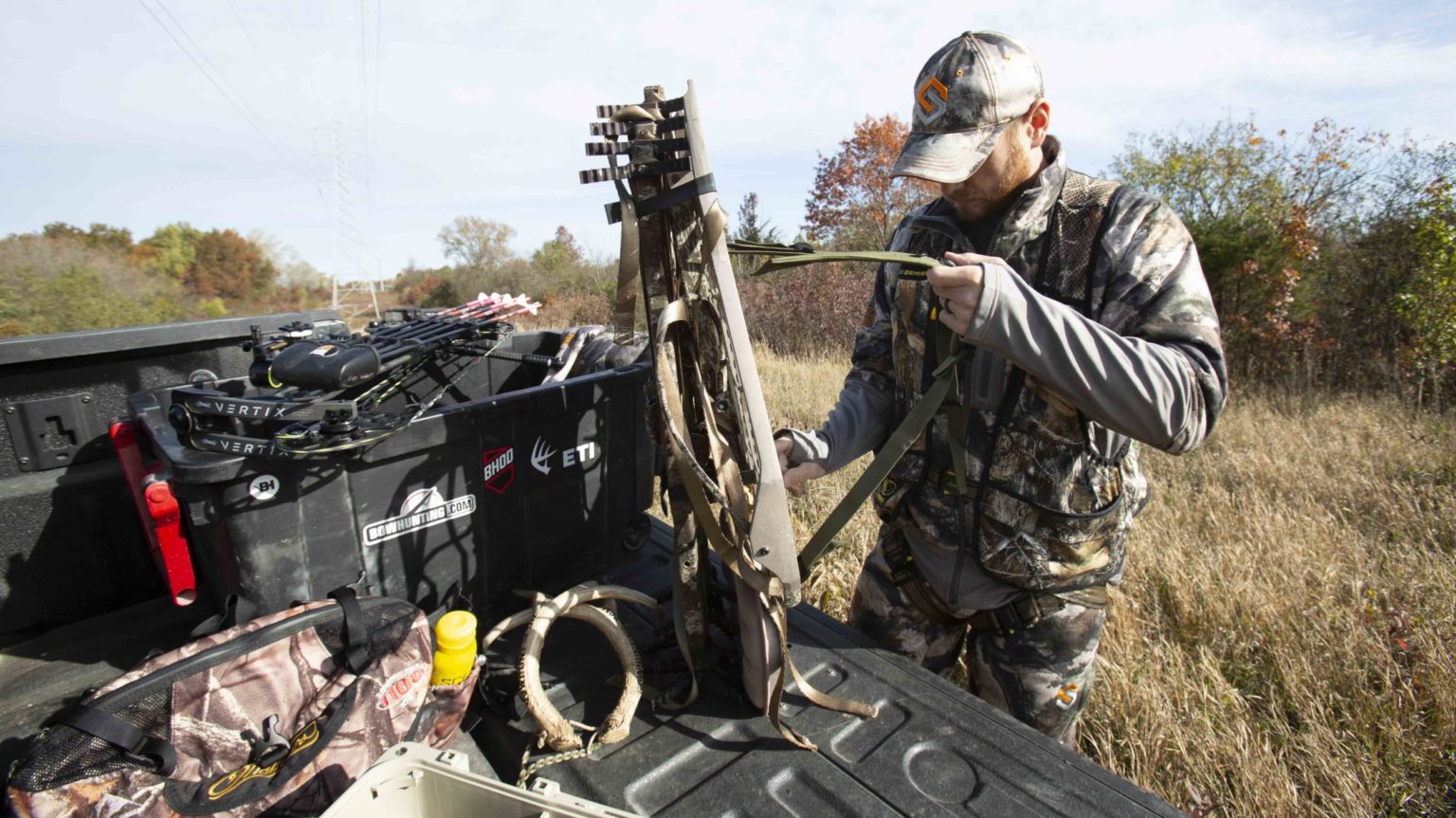
That fall, this deer hunter hacked his way into the thicket, found a stout, young black locust that offered a spot for his tree stand eight feet north of the earth.
And on opening day of gun season, as hunters moved all around the thicket, he could see tails bounding through the multiflora rose. Within two hours after daylight, a seven-pointer came sneaking through the thicket on a deer trail 20 yards in front of him. It was an easy shot for my scoped 12-gauge.
No deer hunter enjoys getting whacked in the face by branches or crawling on their knees to reach a hunting spot. It’s far easier to walk a nice, open trail and then set up nearby in the open timber or on a field edge.
A deer might run past your tree stand in these places. But guess where they’re headed as they run past.
The thick stuff
Thick cover equals protection for deer on heavily pressured public land, both because few people ever go through it and because, if they do, the deer will hear them coming from a long way off.
Park yourself in a stand before sunrise on opening day in the middle of the thickest cover around and prepare yourself for a deer parade.
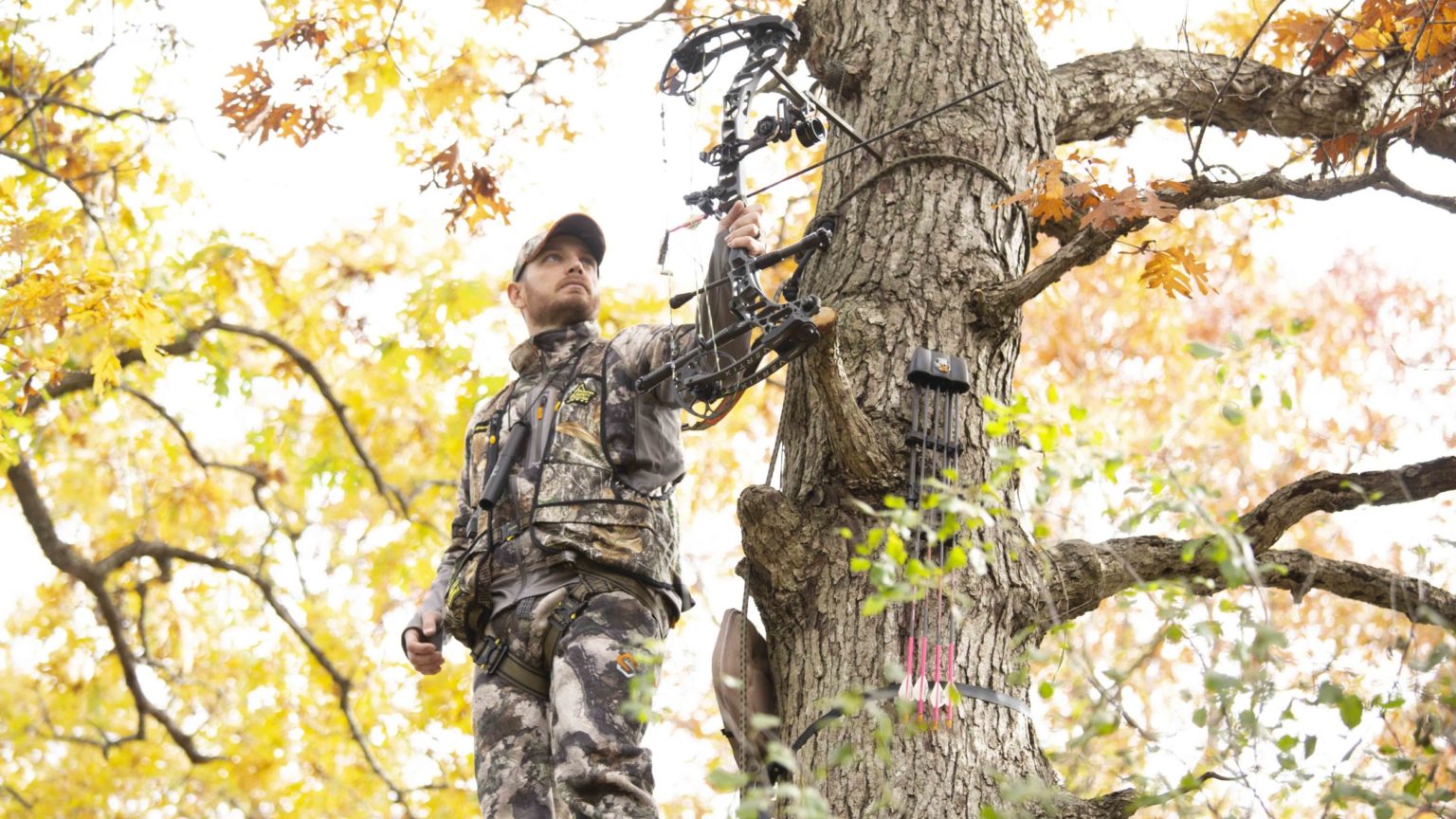
No Man’s Land
Penn State University researchers in 2001 and 2002 outfitted dozens of public land hunters in the north central part of the state with global positioning system (GPS) units the first week of the state’s firearms deer season.
Now these deer hunters all were headed to a vast tract of forested mountain country that covered nearly 200 square miles and their only instruction was “Have a good time.” They could go wherever they wanted and Big Brother would simply track their movements.
What researchers discovered was that few deer hunters ventured more than a third of a mile from the road.
That’s a little more than 400 yards in territory that offered miles of huntable land between roads.
So while all the deer hunters who were part of the study were packed into a 400-yard-deep swath alongside all the roads in the area, hardly anyone hiked into the backcountry where researchers believed there were plenty of deer.
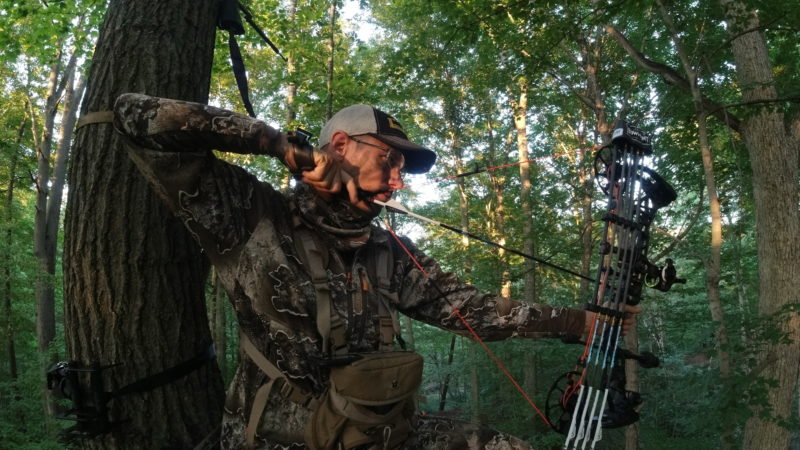
In area with large tracts of public land, it pays to go deep. Get a topographical map of the area and find an interior stream or a mountainside bench that looks like you’d work up a good sweat getting to.
Go check it out well before the season opens and look for deer sign. Mark a few good looking tree stand sites on your map or in your GPS and head back once the season rolls around.
Deer hunting in no man’s land is a different game than deer hunting near the road. First, plan on hunting all day. If you’re going to exert the effort to get back in a mile or two, don’t cut that effort off at the knees by coming out at lunchtime.
Take plenty of food and water. Also, haul in lots of clothes to keep warm and dry. That includes a change of undergarments, so you can remove the clothes next to your skin that you’re sure to soak with sweat on the hike in.
Pull a large-wheeled cart at least part of the way in with you. This will help you get gear, such as your tree stand, in close to your tree stand site, so it’s not on your back the whole way, and it will be a blessing if you get lucky and have to haul a deer out.
Lug a nice trophy buck two miles out of the woods with a drag rope one time and it’s likely to be the last time you do it.
Get to the Point
For years, a deer hunter and his brother fished a lake on state-owned land not far from home. One of his favorite spots to probe for largemouths was a ledge about 30 yards offshore from a narrow, wooded peninsula that stuck out into the lake maybe 150 yards from the mainland.
Every time he fished that ledge, he would say, “You know, I’ll bet if I hunted from a tree stand at the end of that peninsula on opening day of deer season, guys moving around on the mainland would chase me a buck.”
Finally this deer hunter’s brother decided to test his theory. And the very first year he put up a tree stand at the end of that peninsula, he missed a six-point right after daylight opening day with his flintlock, and then, two hours later, he anchored the biggest eight-point trophy buck he’s ever killed.
Every time he goes over to his brother’s house and looks up at that mounted buck on the wall, he kids him, saying, “You should have hunted the peninsula.”
Points of land, whether it’s a peninsula out in a lake, a finger of woods sticking out in a field or the very end of a ridge, are great places to cross paths with deer on the move.
It’s one of those places you deer hunt while counting on pressure from other deer hunters to push deer your way.
Points come in many forms. Some, like the peninsula in a lake, are easy to identify. Others are more subtle. Study a topo map of your deer hunting area to find a U-shaped bend in a road or creek.
Walk around and look for the end of a thicket, where it meets open timber. These are all points that can funnel deer to a narrow area you can cover with your firearm from a tree stand.
One deer hunter’s favorite opening day tree stands is at the tip of a woodlot on top of a hill. The woodlot is a long rectangle that narrows down to 15 yards across, surrounded by open field.
When guys get cold feet on opening day around 10 a.m. and they start moving around, they might send a deer scampering through the woods and out to my point, or, deer hunters in the woods across the field from me might chase one out into the open.
When those deer hit the field, his point of the woods is the closest piece of cover and draws them in like a magnet.
Bottlenecks
Similar to the point tree stand is a tree stand placed in a bottleneck. Again, it’s a spot where deer are funneled to a narrow area. But while a point has a distinct end, a bottleneck does not.
It might be a thin strip of trees connecting two larger blocks of timber, a saddle between two ridge tops, or it could be a hump of dry land cutting across a swamp.
Deer know their home territory like you know your own house. And they know the safest route to get from point A to point B. More than once this deer hunter has seen a herd get spooked at the base of a mountain he hunts and the deer take off running uphill.
They could go straight up and over, which would expose them at the top. Instead, they veer toward a nearby saddle – a place where the ridgetop dips down before rising up again – which keeps them below the highest point of land. It’s a safer route to the other side, even though going straight up probably would have been quicker.
Your goal as a deer hunter is to study the lay of the land you’re deer hunting to figure out where deer are likely to go when they’re bumped by other deer hunters.
Backtrack from that end destination and see if there is a bottleneck somewhere along the way. That’s where you want to put your tree stand.
During the late muzzleloader season in this deer hunter’s state, he always spends opening day in the same tree along a public lake at the back end of a park.
He is in position well before daylight, knowing that, as later arriving deer hunters make their way into the park, they’ll push at least some deer back toward the lake.
This deer hunter’s tree stand is placed on a hillside 20 yards up from the lake and 20 yards downhill from a thicket. As the season wears on, the deer will be in that thicket, but on opening day, they’re more likely in the early hours to skirt around it, through the open timber.
They’re used to some human disturbance from hikers and joggers and it seems as though it takes them a couple of hours to figure out they’re being hunted. Until they come to that realization, his tree stand is in the perfect spot and he’s almost always rewarded with multiple shot opportunities before noon.
The problem this deer hunter is always faced with isn’t if he gets a shot. It’s if he can hit anything with his flintlock.
Top of the Mountain
In most mountain country, the roads are at the bottom. To get to the top, you have to put shoe leather to soil.
But even if you’re just deer hunting rolling hills, the same rule applies, provided the roads deer hunters use to access the land are at the bottom.
In these situations, you know where all the arriving deer hunters are going come sunrise. They’re going up. How high they climb often is a matter of lung capacity, age and the number of donuts they typically eat in a single sitting.
Be the crazy hunter the others all talk about who is the first one in the parking lot every year and who always climbs all the way to the very top of the mountain.
Up on top, you’re the deer hunter who will reap the benefits of all the other deer hunters arriving later and climbing not so high.
All that activity down low is sure to push deer up. Be there waiting for them. Like the deer hunter who goes deep, the one who deer hunts the top of the mountain exerts a lot of effort to get there.
This is a climb you’re going to want to prepare for before the season by regularly taking long walks or jogging. Work some hills into your training regimen for obvious reasons. If you feel up to it, add a backpack filled with some extra weight to simulate carrying your tree stand, food, water and extra clothes.
In your younger days, you could probably roll out of the truck and run to the top of the mountain darn near on a sprint and not feel any pain.
As the years roll by, you lungs will start to protest unless you worked out before the season. Hunting is supposed to be fun and the less painful it is to get to the top of the mountain, the more enjoyable your day will be.
The top of the mountain is another place where you ought to plan on sitting all day. There will be lots of activity throughout the day below you as deer hunters come and go on the hill, so deer could show up at any time.
Give yourself every opportunity to be successful. And perhaps the greatest thing about deer hunting from this tree stand is the drag home is all downhill. Unless, the deer goes down the opposite side of the mountain from where you parked. But hey, that’s a problem worth tackling.
Every year, thousands of deer hunters venture onto heavily hunted public land and haul out big racked trophy bucks. They are out there. Try deer hunting one of these five tree stand sites this year and maybe that lucky deer hunter that has everyone in the parking lot drooling will be you.

